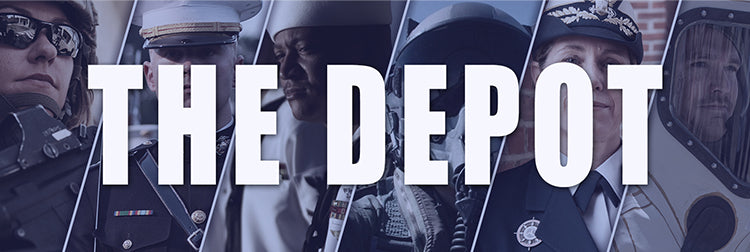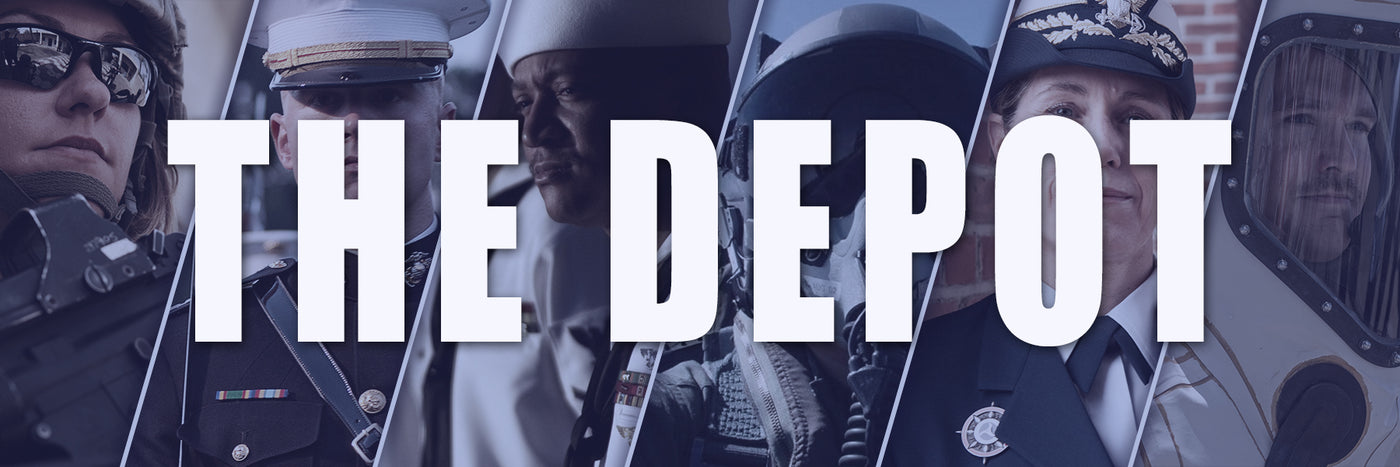
History of Women in the Military
Women have served in the military since before their was a nation and that legacy paved the way for women today who serve proudly in all branches of the military...
Steven Alvarez |
ARMED FORCES SUPER STORE 1-877-653-9577 | 8 - 7 CST MON-FRI



Women have served in the military since before their was a nation and that legacy paved the way for women today who serve proudly in all branches of the military...
Steven Alvarez |